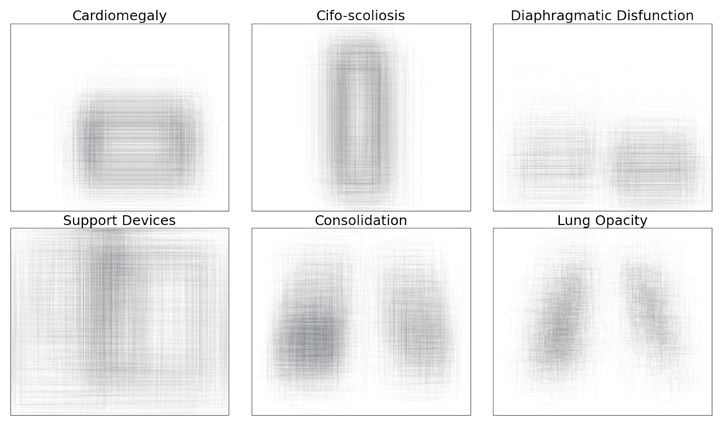
Abstract
IEEE SMC 2023 | Three adaptations of set matching improving transformer-based detection of chest X-ray pathologies.
Computer-aided-diagnosis (CAD) systems have become an important utensil in today’s radiologist’s toolbox. The new age of computer vision transformers could further increase their value, although domain-specific limitations and adaptations should be studied first. Here we show that with the new adoption of the set prediction paradigm in transformer-based object detection, the Hungarian loss’ applicability to medical imaging could benefit from specialized modifications. A new dataset of 50,000 chest radiographs was used to study the Hungarian set matching’s ability to model the detection of 17 classes of pathologies. Consequently, five new targeted matching schemes were derived accordingly. The proposed strategies increased the overall mean average precision (mAP) score from 47.17 to 50.82 (+3.65). A subsequent reader study involving four radiologists showed the physician’s mean overall sensitivity improved by 6.9 ± 7.1% (95% CI, P = 0.008) while the specificity remained non-inferior (P < 0.001) when assisted by the AI model in the diagnosis of 200 patients. The results show how some of the set prediction matching’s shortcomings could be remodeled to fit chest x-ray pathology detection and make a case for transformed-based computer-aided diagnosis (CAD).